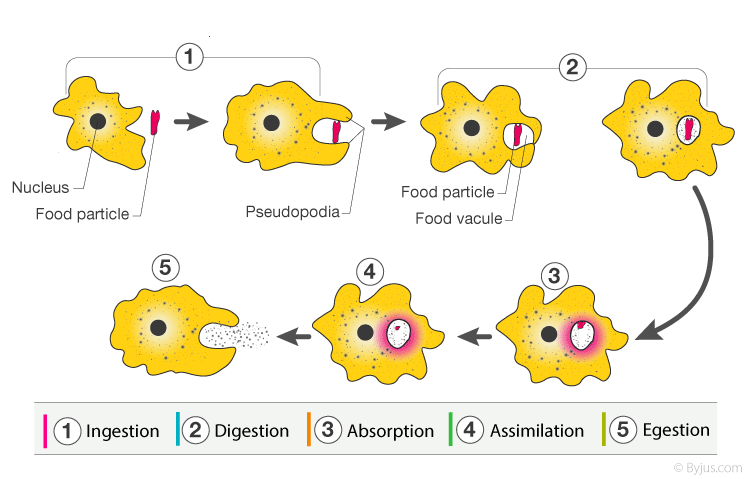Definition of Eukaryotic Cells
“Cells with a membrane-bound nucleus and organelles are known as eukaryotic cells.”
A Eukaryotic Cell: What Is It?
Large, sophisticated creatures are formed by eukaryotic cells, which have a nucleus encased in a nuclear membrane. Eukaryotic cells are found in plants, mammals, fungi, and protozoa. They fall under the Eukaryotic kingdom.
They are able to perform a variety of metabolic processes by maintaining distinct habitats within a single cell. Because of this, they are able to grow to be many times larger than prokaryotic cells.
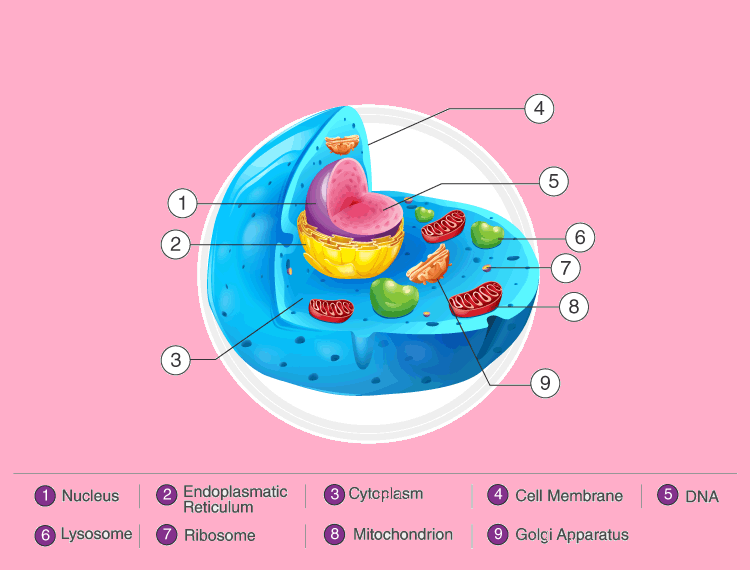
Eukaryotic cell characteristics
Eukaryotic cells have the following characteristics:
- The nuclear membrane encloses the nucleus in eukaryotic cells.
- There are mitochondria in the cell.
- A eukaryotic cell’s locomotors organs are its flagella and cilia.
- The outermost layer of eukaryotic cells is called the cell wall.
- Mitosis is the process by which the cells divide.
- The cytoskeleton is present in eukaryotic cells.
All of the genetic information is contained in a single, linear DNA molecule found in the nucleus.
Structure of Eukaryotic Cell
The eukaryotic cell structure comprises the following:
Plasma Membrane
- The plasma membrane separates the cell from the outside environment.
- It comprises specific embedded proteins, which help in the exchange of substances in and out of the cell.
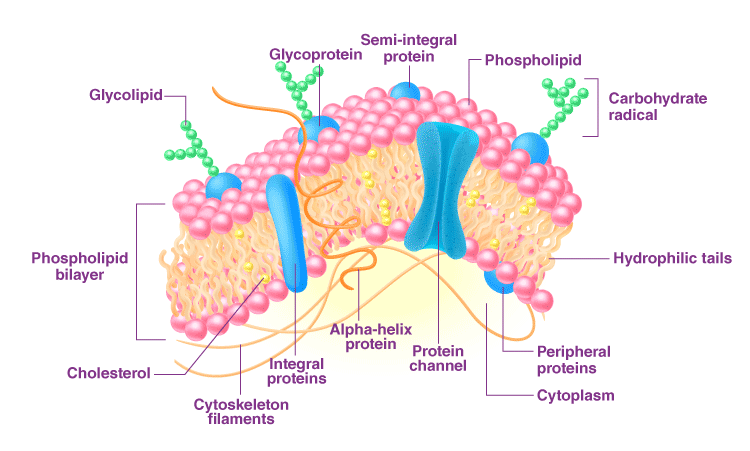
Cell Wall
- A cell wall is a rigid structure present outside the plant cell. It is, however, absent in animal cells.
- It provides shape to the cell and helps in cell-to-cell interaction.
- It is a protective layer that protects the cell from any injury or pathogen attacks.
- It is composed of cellulose, hemicelluloses, pectin, proteins, etc.
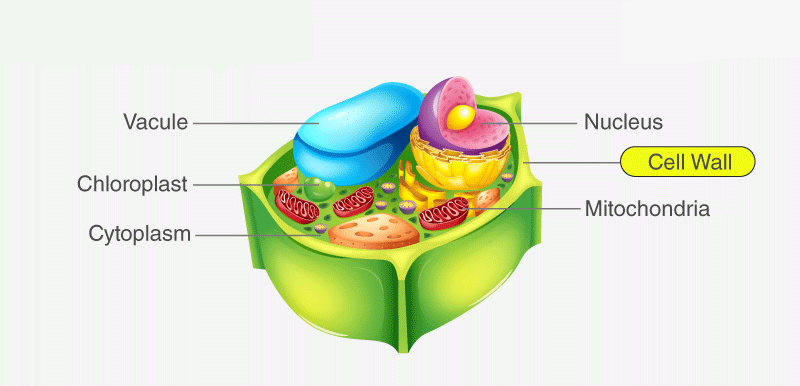
The cytoskeleton
Microfilaments, microtubules, and fibers make up the cytoskeleton, which is found inside the cytoplasm and gives the cell its ideal shape, anchors the organelles, and promotes cell mobility.
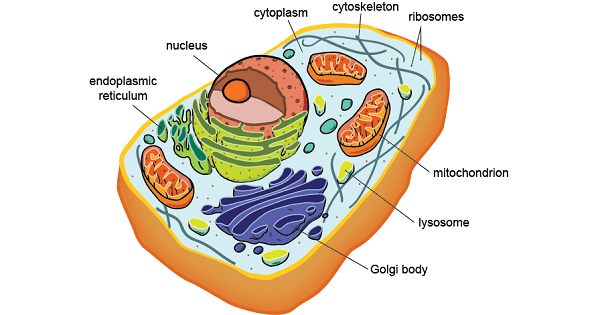
Reticulum endoplasmic
The luminal and extra luminal portions of the cell surface are separated by a network of tiny, tubular structures.
Two forms of endoplasmic reticulum exist:
- Rough Endoplasmic Ribosome is found in the reticulum.
- Endoplasmic Smooth reticulum that is devoid of ribosome.
Nucleus
- DNA and proteins are found in the nucleolus, which is encased in the nucleus.
- The outer membrane and the inner membrane are the two layers that make up the nuclear envelop. Ions, molecules, and RNA material can pass across both membranes.
- The nucleus is also where ribosome manufacturing occurs.
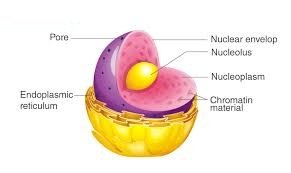
The Golgi apparatus
- It is composed of cisternae, which are flat disc-shaped formations.
- Both human red blood cells and plant sieve cells lack it.
- Near the core, they are grouped concentrically and parallel.
- It is a crucial location for the synthesis of glycolipids and glycoproteins.
Ribosome’s
These are the main site for protein synthesis and are composed of proteins and ribonucleic acids.
Mitochondria
- These are also known as “powerhouse of cells” because they produce energy.
- It consists of an outer membrane and an inner membrane. The inner membrane is divided into folds called cristae.
- They help in the regulation of cell metabolism.
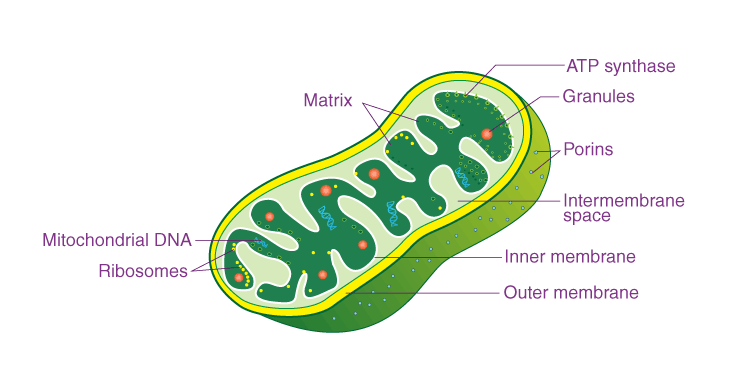
Liposome
They are known as “suicidal bags” because they possess hydrolytic enzymes to digest protein, lipids, carbohydrates, and nucleic acids.
Plastids
These are double-membrane structures and are found only in plant cells. These are of three types:
- Chloroplast that contains chlorophyll and is involved in photosynthesis.
- Chromo plast that contains a pigment called carotene that provides the plants yellow, red, or orange colors.
- Leucoplasts that are colorless and store oil, fats, carbohydrates, or proteins.
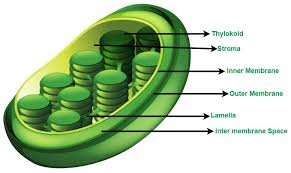
Eukaryotic Cell Diagram
Eukaryotic cell diagram mentioned below depicts different cell organelles present in eukaryotic cells. The nucleus, endoplasmic reticulum, cytoplasm, mitochondria, ribosomes, lysosomes are clearly mentioned in the diagram.
Eukaryotic Cell Cycle
The eukaryotic cells divide during the cell cycle. The cell passes through different stages during the cycle. There are various checkpoints between each stage.
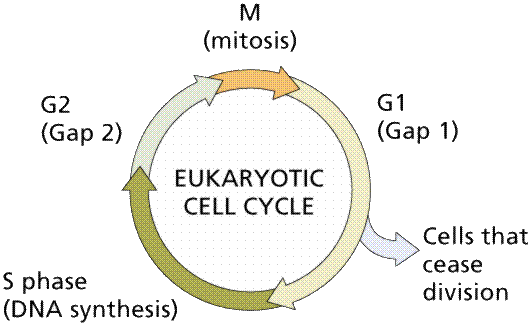
Quiescence (G0)
This is known as the resting phase, and the cell does not divide during this stage. The cell cycle starts at this stage. The cells of the liver, kidney, neurons, and stomach all reach this stage and can remain there for longer periods. Many cells do not enter this stage and divide indefinitely throughout their lives.
Interphase
In this stage, the cells grow and take in nutrients to prepare them for the division. It consists of three
Checkpoints:
Gap 1 (G1) – Here the cell enlarges. The proteins also increase.
Synthesis (S) – DNA replication takes place in this phase.
Gap 2 (G2) – There cells enlarge further to undergo mitotic division.
Mitosis
Mitosis involves the following stages:
- Prophase
- Prometaphase
- Metaphase
- Anaphase
- Telophase
- Cytokinesis
On division, each daughter cell is an exact replica of the original cell.
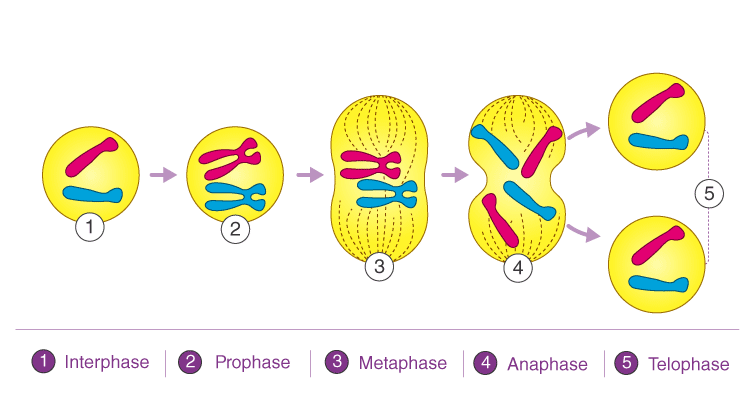
Eukaryotic cell examples
Only plants, mammals, fungi, protozoa, and other complex organisms contain eukaryotic cells. Below are some instances of eukaryotic cells:
Cells of Plants
Cellulose, which makes up the cell wall, gives the plant support. Its sizable vacuole keeps the turgor pressure constant. Chloroplasts, which are found in plant cells, facilitate photosynthesis.
The Fungal Cells
Chitin makes up the cell wall. The cytoplasm and organelles can move through the openings called septa found in some fungi.
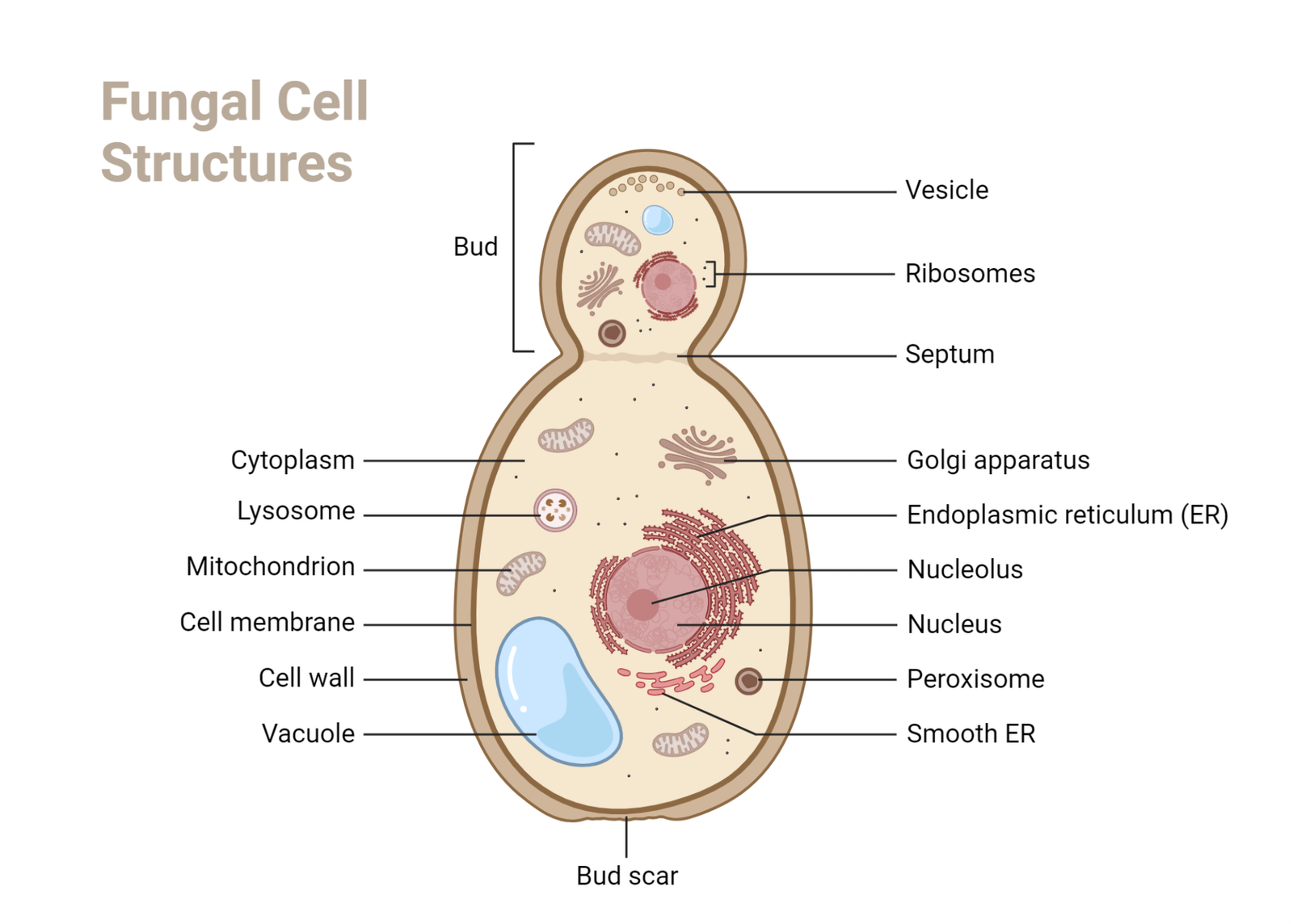
Cells of Animals
Cell walls are absent from them. They have a cell membrane instead. Animals come in a variety of shapes because of this. They are capable of both pinocytosis and phagocytosis.
